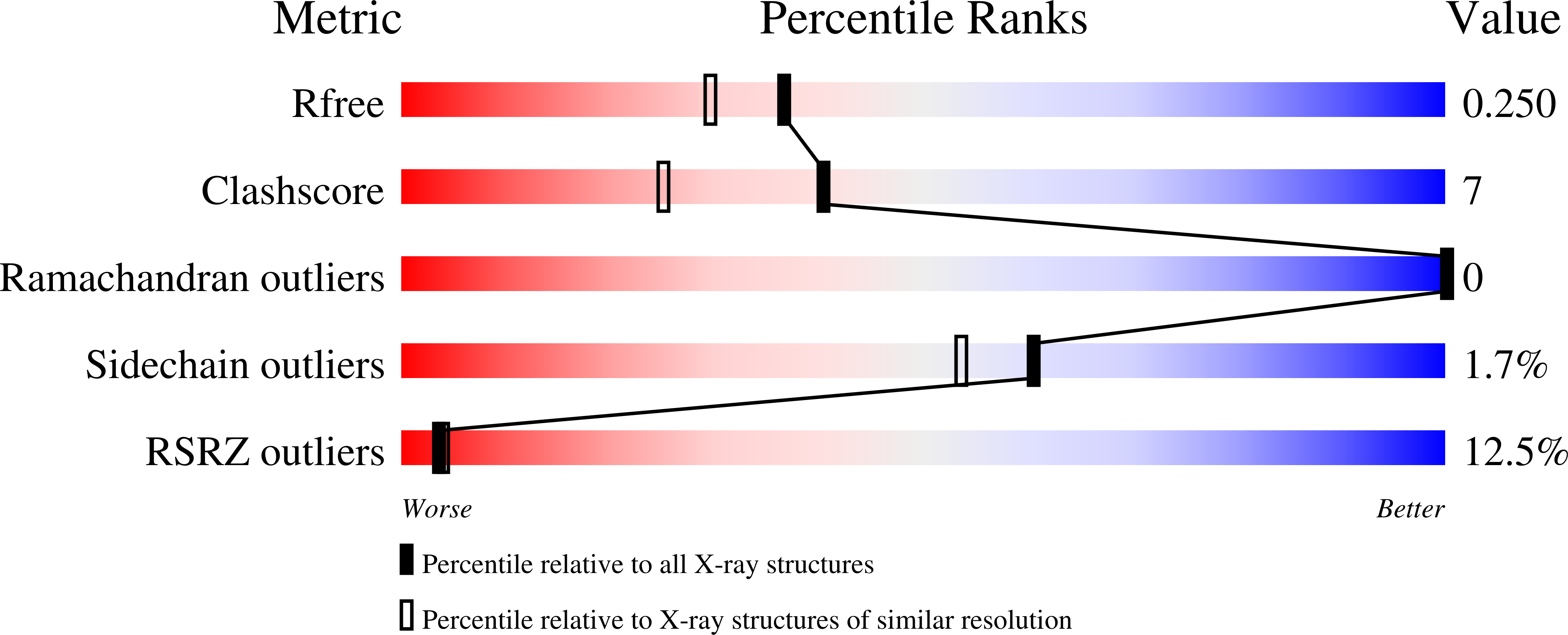
Deposition Date
2023-08-14
Release Date
2023-08-30
Last Version Date
2025-07-23
Entry Detail
Biological Source:
Source Organism:
uncultured bacterium (Taxon ID: 77133)
Host Organism:
Method Details:
Experimental Method:
Resolution:
1.98 Å
R-Value Free:
0.24
R-Value Work:
0.22
R-Value Observed:
0.22
Space Group:
P 1 21 1


